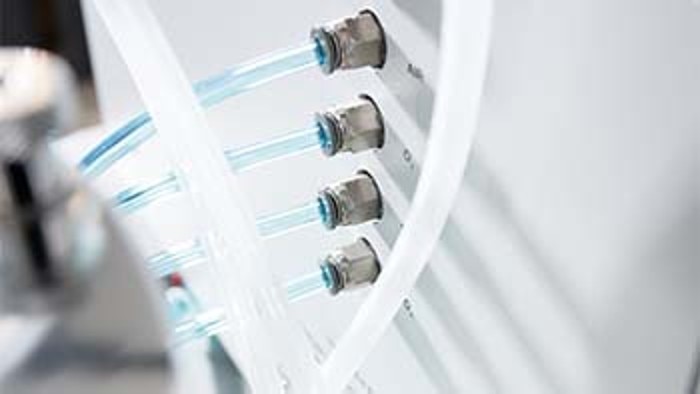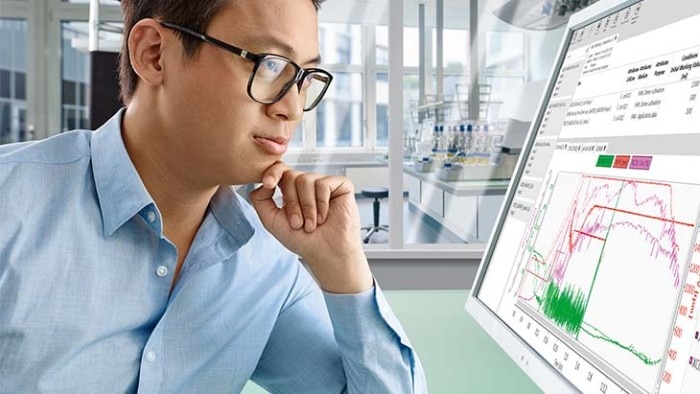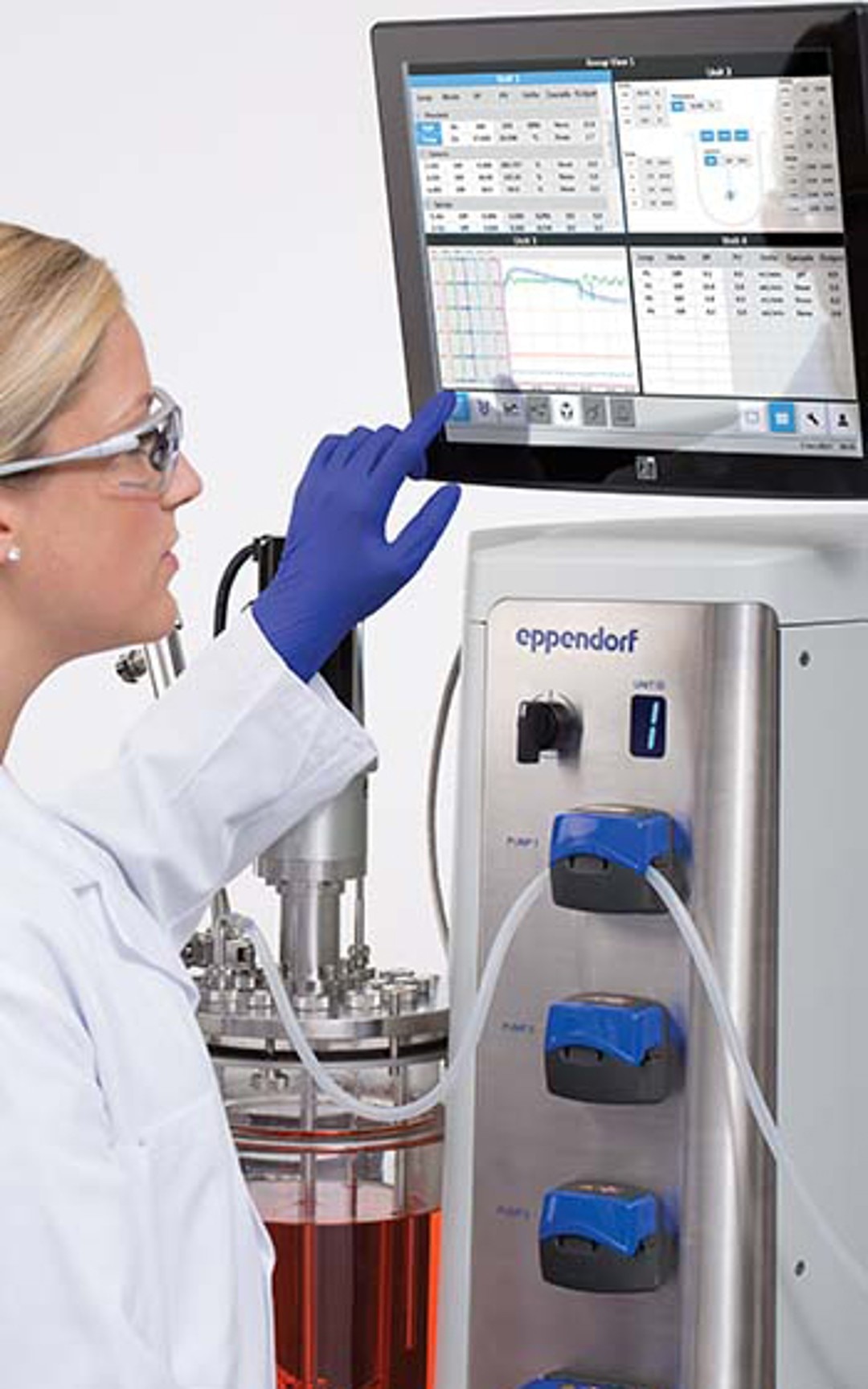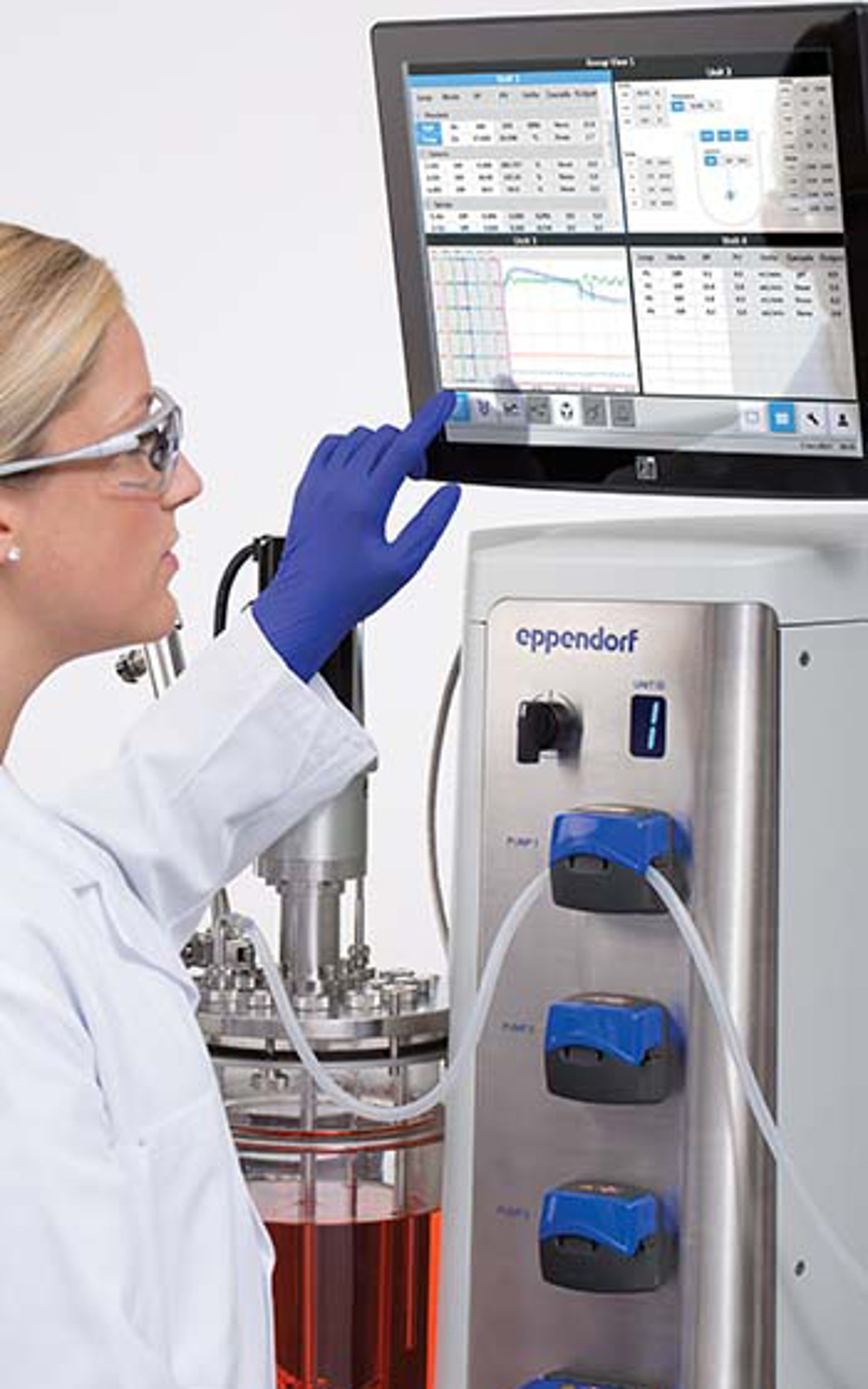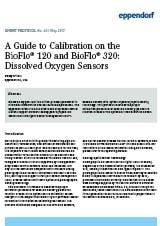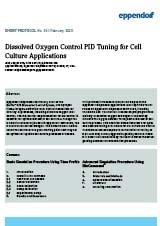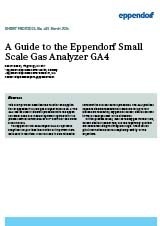-
- Benchtop Centrifuges
- Floor-Standing Centrifuges
- Refrigerated Centrifuges
- Microcentrifuges
- Multipurpose Centrifuges
- High-Speed Centrifuges
- Accessories
- Ultracentrifuges
- Concentrator
- High-Speed and Ultracentrifugation Consumables
- Tubes
- Plates
- Device Management Software
- Sample and Information Management
Bioprocess Monitoring and Control
Read more
Read less
Why is bioprocess monitoring and control important?
Monitoring and controlling critical process parameters is needed to create a culture environment that ensures maximum productivity. For this to be achieved, key parameters and their setpoints should be identified and incorporated into the bioprocess design. This allows for product yield and quality to be maximized in a reproducible manner, which is important to minimize costs for raw materials, avoid failed batches, and as a result be time- and cost-efficient.

How does bioprocess monitoring and control work?
Read more
Read less
What are feedback control loops? And how can these improve bioprocess monitoring and control?
Feedback control loops are used to control process parameters at setpoint. Essentially, these involve the use of sensors that monitor process parameters, transmitting the recorded value to a bioprocess control software integrated into a bioprocess control system. Together, the bioprocess control software and system regulate actuators, which can be for example pumps, valves, or drives, to adjust the parameter back to its optimal level. Feedback control loops are preferred over non-feedback systems, as the sensors within these loops continuously monitor the control system’s response, providing automated parameter control without the need for human intervention.

Which process parameters can be controlled with a feedback control loop?
Read more
Read less
How are parameters monitored in real-time?
Read more
Read less
How and why are parameters monitored offline, after taking a sample?
Read more
Read less
Which parameter setpoints should I use for my process?
Read more
Read less
Which bioprocess parameters are relevant?
- Physicochemical parameters, like pH, dissolved oxygen (DO), temperature
- Nutrient concentrations, such as glucose and glutamine
- Byproduct concentrations, such as lactate and ammonia
- Information about the culture, such as biomass, viability, product concentration
- Parameters relevant for conducting the bioprocess, such as liquid level and foam formation
Read more
Read less
Eppendorf solutions for streamlined bioprocess monitoring and control
Read more
Read less
- Use analog as well as digital Mettler Toledo ISM® and Hamilton ARC® sensors
- Use optical as well as electrochemical and polarographic sensors for pH and DO, respectively
- Seamlessly integrate various sensor types
- Develop scripts for tailored process control loops
- Benefit from software features for simplified sensor calibration and judgement of sensor health
Read more
Read less
Read more
Read less
Download protocols
Read more
Read less

